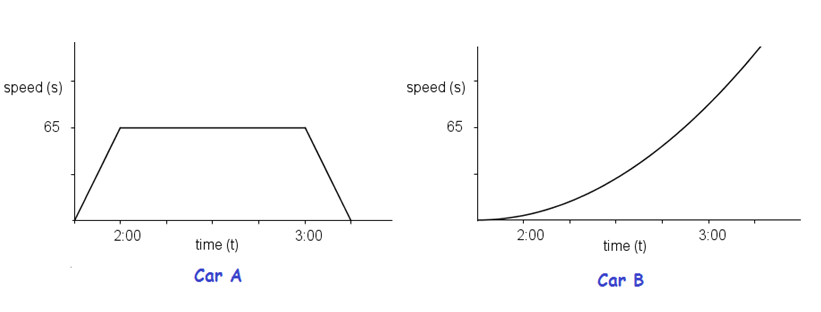Math Word Problems: Solving Motion Problems Part 3
This is the third part of the Motion Word Problem Series, a subseries of the Mathematics Word Problem Solving Series. The first part discusses about the basic concepts of rate, time, and distance. The second part discusses objects traveling in opposite direction and objects traveling toward each other.

In this post, we discuss about objects traveling on the same direction. » Read more

